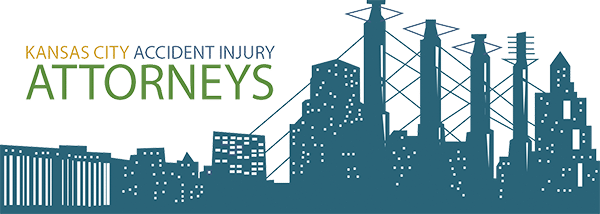Preventing Workplace Injuries Caused by Automation
Automation may be the wave of the future, but many Kansas City workers are already sharing their workplace with robots and other automated machines. While robots are ideal for performing strenuous and repetitive actions on an assembly line, they’re not capable of problem solving when something out of the ordinary happens. This limitation puts human employees at serious risk of injury, or, even worse, the possibility of wrongful death while on the job.
When you work in a partially-automated environment, what should your employer do to ensure your safety? What can you do if you’re injured by a malfunctioning robot?
The Danger Is Real
While there are not yet a large number of publicized workplace deaths caused by machinery, when they do happen, they’re gruesome.
In a tragic 2015 incident at an automotive stamping plant in Michigan, a maintenance technician was working in an area when a robot entered, attempting to load a hitch assembly to a fixture that was already loaded with an assembly. With no place to release its load, the robot hit the worker and crushed her skull, killing her. In another incident in 2016 in Alabama, also at an auto parts manufacturing plant, a worker entered a robotic station to clear a sensor fault after the assembly line shut down. The machinery unexpectedly restarted, crushing the worker. In both cases, family members filed wrongful death lawsuits, claiming a lack of safety procedures and worker protection.
The safety of robotics in the workplace has been a concern since the technology was first available, and it’s up to employers to ensure the safety of workers. According to the Occupational Safety and Health Administration (OSHA), the following are the types of accidents that can occur when working with robots:
- Impact or collision accidents. Unpredicted movements, component malfunctions, or unpredicted program changes related to the robot’s arm or peripheral equipment can result in contact accidents.
- Crushing and trapping accidents. A worker’s limb or another body part can be trapped between a robot’s arm and other peripheral equipment, or the individual may be physically driven into and crushed by other peripheral equipment.
- Mechanical part accidents. The breakdown of the robot’s drive components, tooling or end-effector, peripheral equipment, or its power source is a mechanical accident. The release of parts, failure of gripper mechanism, or the failure of end-effector power tools (e.g., grinding wheels, buffing wheels, deburring tools, power screwdrivers, and nut runners) are a few types of mechanical failures.
- Other accidents. Other accidents can result from working with robots. Equipment that supplies robot power and control represents potential electrical and pressurized fluid hazards. Ruptured hydraulic lines could create dangerous high-pressure cutting streams or whipping hose hazards. Environmental accidents from arc flash, metal spatter, dust, electromagnetic, or radio-frequency interference can also occur. In addition, equipment and power cables on the floor present tripping hazards.
What Are the Safety Standards?
Although these safety recommendations date back to 1984, they’re still the go-to standards for automation in the workplace. Developed by the National Institute for Occupational Safety and Health (NIOSH), these standards have also been adopted by OSHA.
NIOSH identifies three key areas to focus safety efforts: robotic system design, worker training, and worker supervision. The following are key recommendations:
- Include physical barriers that incorporate gates equipped with electrical interlocks so that operation of the robot stops when the gate is opened.
- Include remote diagnostic instrumentation as much as possible so that the maximum amount of troubleshooting of the system can be done from areas outside the operating range of the robot.
- Employees must be familiar with all working aspects of the robot—including full range of motion, known hazards, how the robot is programmed, emergency stop buttons, and safety barriers—before operating or performing maintenance work at robotic work stations.
- Operators should never be in reach of the robot while it’s operating.
- Supervisors should assure that no one is allowed to enter the operational area of a robot without first putting the robot on “hold,” in a “power down” condition, or at a reduced operating speed mode.
Although these recommendations are over 30 years old, had they been in place in the auto plants described above, tragic deaths would have been prevented.
Concerned About Safety in Your Workplace?
If you work with industrial robots, you may be concerned about your safety. If you’re injured in an accident involving automated machinery, your claim for workers’ compensation should be quickly approved, as determination of fault isn’t required for a workers’ comp claim. If your claim is denied for any reason, you should call an experienced workers’ comp attorney to assist you. If you have concerns about the safety of your workplace, contact OSHA or your state agency to report your concerns. You could save a life.
Have You Been Injured On The Job?
If you’ve been hurt at work on the job in Kansas City you need to speak with an experienced workers’ compensation attorney as soon as possible. Please contact us online or call our Kansas City office directly at 816.471.5111 to schedule your free consultation.

